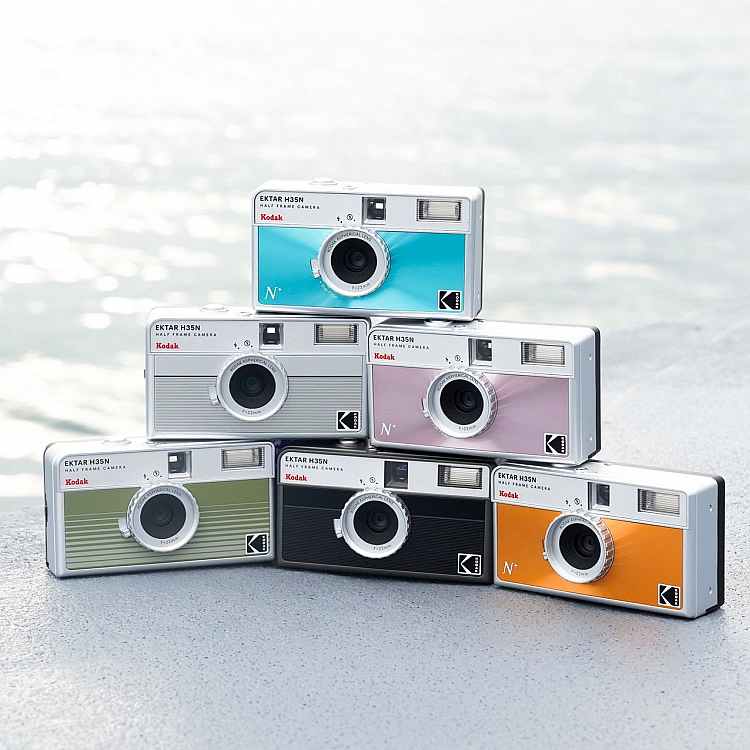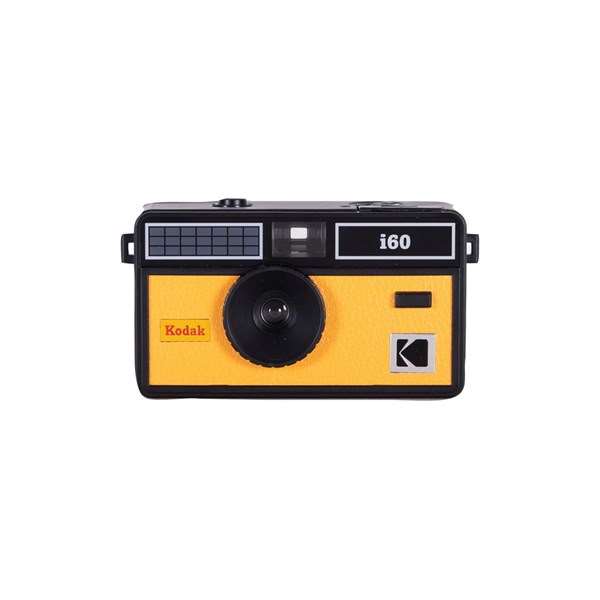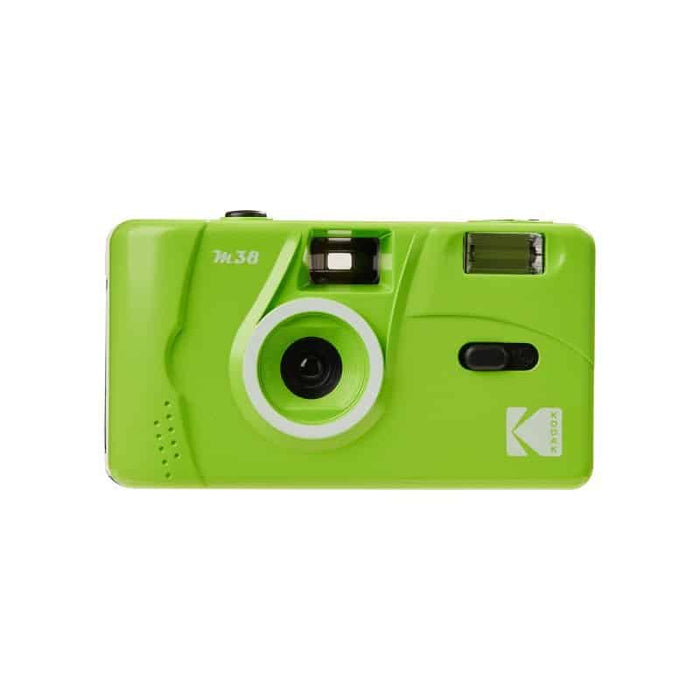Shooting with a Kodak film camera is a rewarding experience that connects you to the roots of photography. The tactile nature of film, coupled with its unique aesthetic, can elevate your images in ways digital photography often cannot. Whether you’re a seasoned photographer or just starting out, mastering Kodak film requires understanding the inherent qualities of film and the specifics of the camera. In this article, we will explore essential tips and techniques to enhance your shooting experience with Kodak film camera.
Understanding Film Types
Choosing the Right Film
Kodak offers a variety of films designed for different situations. The first step in your film photography journey is selecting the right film type. There are two main categories: color negative and black-and-white films.
Color negative films, such as Kodak Ektar and Portra, are ideal for vibrant landscapes and portrait photography. Ektar is known for its vivid colors, making it perfect for sunny days. On the other hand, Portra features a softer color palette and beautiful skin tones, making it great for portraits.
Black-and-white films, like Kodak Tri-X or T-Max, offer a classic and timeless aesthetic. Tri-X is renowned for its grain and contrast, ideal for street photography and portraits. T-Max provides finer grain and greater detail, which can be beneficial for landscapes and still life.
Understanding ISO Ratings
Each type of film has an ISO rating that indicates its sensitivity to light. Lower ISO films (e.g., ISO 100) are less sensitive and are suitable for bright conditions. Higher ISO films (e.g., ISO 400 or 800) work well in lower light situations. It’s crucial to select a film with an ISO rating corresponding to the lighting conditions you expect to encounter.
Keep in mind that using a film with a higher ISO will typically yield more noticeable grain in your images. If you love the smooth appearance of lower ISO films, choose accordingly for well-lit environments.

Mastering Exposure
The Importance of Metering
Proper exposure is vital in photography. Learning to meter your light accurately will help you achieve the desired results. You can use a handheld light meter or the camera’s built-in meter (if available). Take readings from the subject you want to highlight and adjust your settings accordingly.
If you’re shooting in manual mode, use the metering information to set your aperture and shutter speed. As a general rule, aim to keep the exposure balanced, avoiding overly bright highlights or deep shadows.
Understanding the Exposure Triangle
The exposure triangle consists of aperture, shutter speed, and ISO. Each element interacts with the others to impact the exposure.
- Aperture controls the amount of light entering the camera. Wider apertures (e.g., f/2.8) let in more light but create a shallow depth of field, while narrower apertures (e.g., f/16) reduce light, extending the depth of field.
- Shutter speed determines how long the film is exposed to light. Faster speeds (e.g., 1/500 sec) freeze motion, while slower speeds (e.g., 1/30 sec) capture movement but may introduce blur.
- ISO affects how sensitive the film is to light. Adjusting one or more of these elements will help achieve the desired exposure for your shots.
Composition Techniques
Rule of Thirds
Composition plays a significant role in photography. Use the rule of thirds as a guideline to create visually appealing shots. Imagine dividing your frame into a grid of nine equal parts with two horizontal and two vertical lines. Place key elements of your scene along these lines or at their intersections. This technique draws the viewer’s eye and creates balance in your images.
Framing and Leading Lines
Incorporating natural frames or leading lines in your composition can add depth and interest to your photos. Look for elements in your environment, like doorways, trees, or fences, that can act as frames around your subject. Leading lines—like roads or paths—can guide the viewer’s eye toward the focal point, adding a sense of direction to your shots.

Developing a Shooting Routine
Take Your Time
Unlike digital photography, where you can take hundreds of shots and instantly review them, shooting on film requires a more deliberate approach. Take the time to assess your surroundings, think about your composition, and carefully consider exposure settings. This thoughtful approach often leads to more satisfying and intentional images.
Keep a Shooting Log
A great way to learn from your experiences is to keep a shooting log. Record details about each shot, including the film type, ISO, exposure settings, location, and weather conditions. Reviewing your notes can help identify what worked well and what may need improvement in future shoots.
Utilizing Natural Light
Golden Hour Magic
Natural light significantly affects the mood and quality of your photographs. The golden hour—shortly after sunrise or before sunset—offers soft, warm light that enhances colors and reduces harsh shadows. Take advantage of this magical time to capture stunning images.
Avoid Harsh Midday Light
Shooting during the middle of the day can lead to harsh lighting conditions, causing strong shadows and overexposed highlights. If you must shoot during this time, look for shaded areas or use a reflector to bounce light onto your subject. Understanding how to manipulate natural light will enhance your photos.
Experimenting with Techniques
Learn to Push and Pull Film
Film can often be pushed or pulled to enhance its characteristics. Pushing film involves rating it at a higher ISO than its box rating, often resulting in increased contrast and grain. Pulling film means rating it at a lower ISO, which may yield smoother images with reduced contrast. Experimenting with these techniques can lead to discovering unique looks that suit your style.
Try Multiple Exposures
Kodak film cameras allow for double exposures, where two images are captured on a single frame. This technique can create intriguing and artistic results. To achieve this, take your first shot and then rewind the film slightly before capturing the second image. Blend different elements together for unique and creative expressions.

Developing and Processing Film
Choose the Right Lab
Once you’ve captured your images, choosing the right lab for development is crucial. Some labs specialize in specific film types and offer high-quality processing. Research local options or consider online services with good reputations. A quality lab can make a significant difference in the final appearance of your images.
Explore DIY Development
For those interested in a hands-on approach, consider learning to develop your own film. The process requires some investment in equipment and chemicals, but it can be highly rewarding. You’ll gain a deeper understanding of the medium while having more control over the outcome. There are numerous online tutorials and communities available to guide you through the process.
Embracing the Film Community
Engage with Fellow Photographers
One of the joys of shooting with a Kodak film camera is becoming part of the vibrant film photography community. Engaging with fellow photographers can be incredibly enriching. Consider joining local photography clubs or online forums where enthusiasts share tips, critiques, and experiences. This connection can inspire your creativity and provide valuable insights into techniques and equipment.
Participate in Film Challenges
Many communities offer film challenges, encouraging photographers to step out of their comfort zones. These challenges might focus on themes, specific film stocks, or unique shooting techniques. Participating in such challenges can help you grow as a photographer while having fun. You’ll also have the opportunity to showcase your work and receive feedback from others who share your passion for film.
Conclusion
Shooting with a Kodak film camera is a timeless art form that encourages creativity and exploration. By understanding film types, mastering exposure techniques, and honing your composition skills, you can enhance your photography.
Taking your time and experimenting with various techniques will lead to unique and beautiful images. The tactile nature of film connects you to your work, offering a satisfying and enriching experience. So, grab your Kodak film camera, step outside, and start capturing the world around you! Happy shooting!
